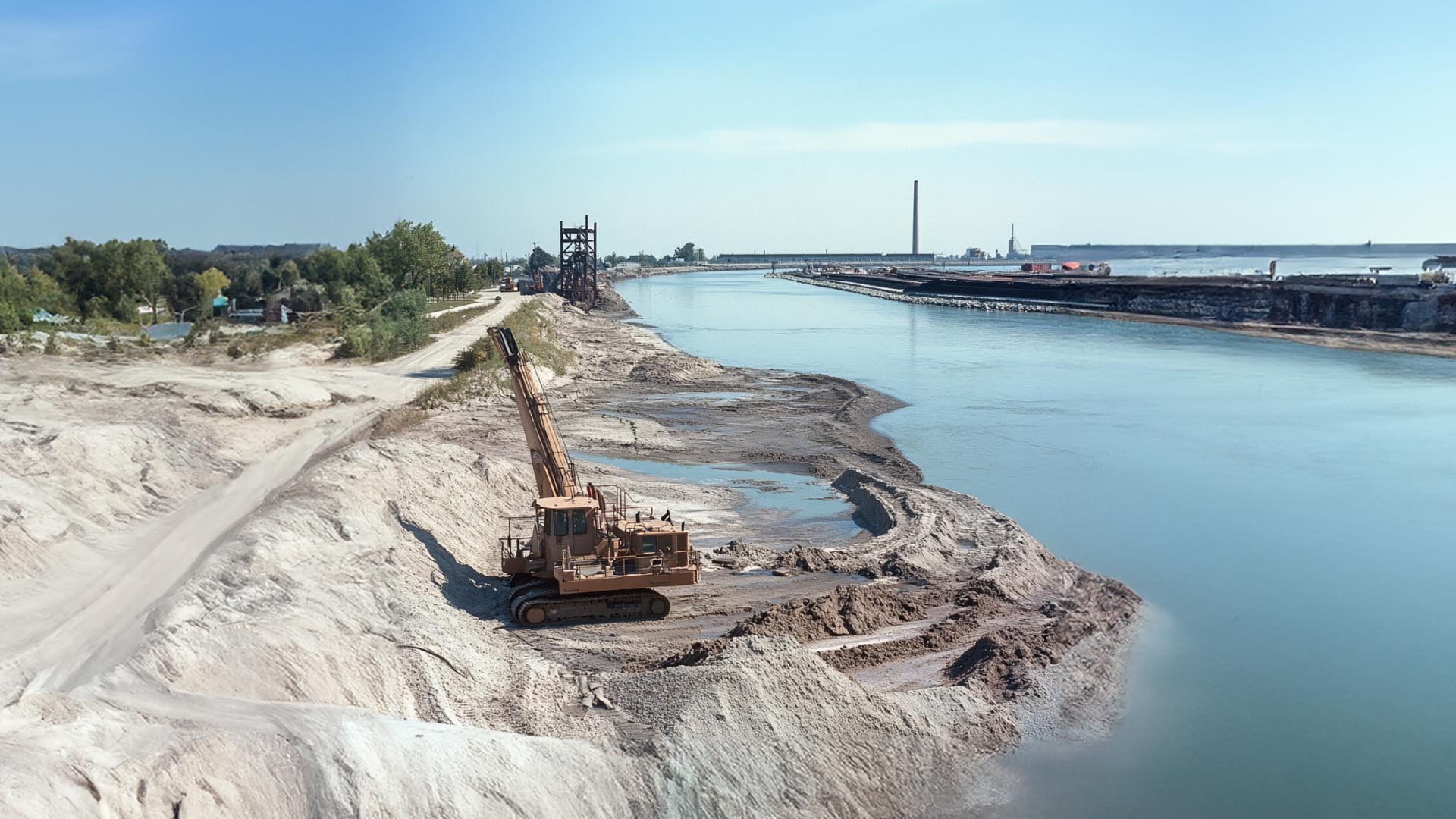U.S. Army Corps of Engineers Begins Major Dredging Operation
This week, the U.S. Army Corps of Engineers (USACE), Detroit District, will initiate a significant dredging operation at St. Joseph Harbor. The project aims to remove 29,500 cubic yards of accumulated sediment, also known as shoaling, near the harbor entrance.
Maintaining Navigation Channels
USACE is responsible for maintaining approximately 1.5 miles of federal navigation channels within St. Joseph Harbor. These channels are kept at depths of up to 21 feet at the entrance and along the river channel, with an 18-foot depth in the turning basin. Regular dredging ensures these depths are maintained, facilitating safe and efficient navigation for all vessels.
Annual Sediment Removal Efforts
Historically, the USACE has removed around 40,000 cubic yards of sediment from the mouth of the St. Joseph River annually. This dredging ensures navigational access for the U.S. Coast Guard and larger commercial vessels. In recent years, USACE extracted approximately 20,000 cubic yards in 2022 and 102,000 cubic yards in 2023 from the harbor.
Contract Details and Funding
The King Company, based in Holland, Michigan, has been contracted to execute this $693,000 project, which is financed through the 2024 Fiscal Year President’s Budget (PBUD). The company’s expertise in dredging operations ensures that the project will be completed efficiently and to the highest standards.
Environmental and Community Benefits
One of the significant benefits of this dredging project is the environmental and community impact. The dredged material will be utilized for beach nourishment. The material will be placed in a state-permitted area south of Park Street, extending 3,000 feet southward through Lions Park to the Water Filtration Plant. This beach nourishment helps combat erosion and enhances the recreational value of the local beaches.
Project Timeline
The St. Joseph Harbor dredging project is expected to be completed by late August 2024. The timely completion of this project will ensure that the harbor remains accessible and safe for all maritime traffic, from commercial vessels to recreational boaters.
Importance of Dredging for Harbor Operations
Dredging is crucial for maintaining the operational depth of harbors, which supports both commercial and recreational activities. By removing accumulated sediments, dredging prevents the harbor from becoming shallow and difficult to navigate. This is particularly important for St. Joseph Harbor, which serves as a vital access point for the U.S. Coast Guard and other large vessels.
Enhancing Safety and Efficiency
Regular dredging not only improves the safety of the harbor but also increases its efficiency. Vessels can navigate more easily, reducing the risk of groundings and ensuring that shipping and other activities can proceed without interruption. The USACE’s ongoing commitment to maintaining the harbor’s depth underscores the importance of these efforts.
Future Prospects
Looking ahead, continuous maintenance dredging will remain a priority for USACE to ensure the long-term viability of St. Joseph Harbor. The project highlights the Corps’ dedication to supporting local communities and maritime industries through effective and environmentally responsible dredging practices.
In conclusion, the commencement of dredging work at St. Joseph Harbor by the U.S. Army Corps of Engineers marks a critical step in maintaining and enhancing the harbor’s operational capabilities. The removal of 29,500 cubic yards of shoaling will significantly benefit the harbor, ensuring safe navigation for all vessels and contributing to the local community through beach nourishment efforts. This project, funded by the 2024 Fiscal Year President’s Budget, demonstrates a continued commitment to preserving the functionality and safety of St. Joseph Harbor.
By optimizing these dredging efforts, the USACE helps protect the harbor’s infrastructure, supports commercial and recreational activities, and promotes environmental sustainability through thoughtful sediment management and beach nourishment practices.
